Whaling has taken place in the Faroe Islands for the past 1,000 years. Every year, an annual hunt – the grindadráp – takes place, commonly known as ‘the grind’. It typically takes place between July and September and can happen at any time, at any one of the 26 designated killing bays around the islands.
The Faroese hunts lead to the death of up to 1,000 pilot whales and other dolphins a year, according to non-profit marine conservation organization Sea Shepherd.
The Faroe Islands’ grind has attracted criticism from animal rights groups. However, others argue that the hunt is sustainable and an important part of Faroese history.
Pilot whales
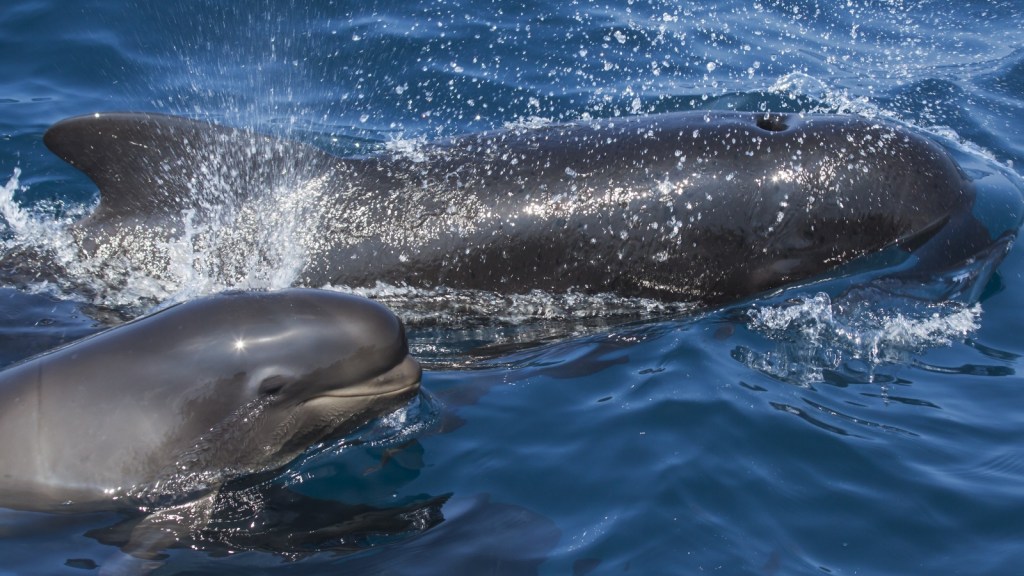
Deceptively named, pilot whales are actually one of the largest types of dolphin. There are two species: short-finned and long-finned. The latter are the primary targets of the grind. Male long-finned pilot whales have a lifespan of 35 to 45 years and can reach weights of 2,700kg. Females, on the other hand, grow to be around 1,300kg and can exceed 60 years of age.
Pilot whales are pregnant for longer than humans – for around 12 to 16 months. The calf nurses anywhere from 18 to 44 months, according to NOAA Fisheries, which is responsible for the stewardship of ocean resources in the United States. Some pilot whales, especially older and non-reproductive females, ‘babysit’ for other whales, by taking turns swimming with their offspring.
On its website, the Whale and Dolphin Conservation (WDC) describe pilot whales as ‘very sociable’, ‘incredibly loyal’, and having an ‘inquisitive nature’. They typically live in multi-generational pods; pilots tend to stay with the pod they are born into for the entirety of their lives. Pods are close-knit and often play, hunt, travel, and rest together.
“Pilot whales are extraordinarily social; their strong bonds with one another motivate them to stick together through thick and thin, even when that means putting themselves at risk,” WDC says.
It’s this tendency to stay together that puts them at a greater risk, according to the American Cetacean Society. “Humans have taken advantage of the social nature of pilot whales. ‘Drive fisheries’, where groups are herded to the beach for slaughter, have taken place on Cape Cod, Newfoundland, the Faroe, Shetland, and Orkney Islands, Iceland, and Norway,” the society writes online.
What is the Faroe Islands’ grind?
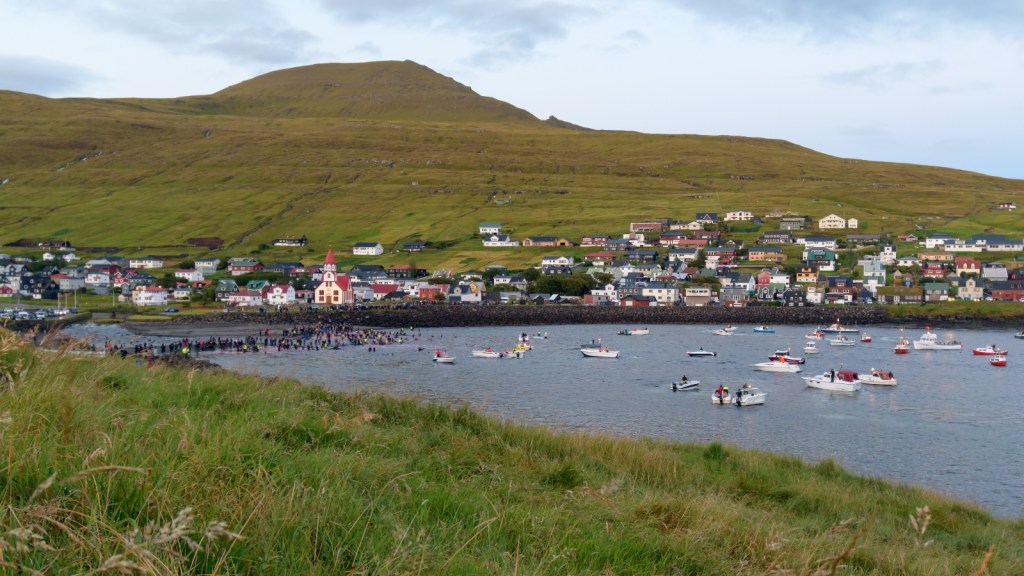
The Faroe Islands is home to around 53,000 people. There are 18 islands in the archipelago and all but one are inhabited. The total land area in the Faroe Islands is 540 square miles, while the total marine area is 105,792 square miles.
It’s believed the Faroe Islands grind originated around the time the first Norsemen settled there – roughly the 9th century. Whaling in the Faroe Islands is for non-commercial food purposes. Nowadays, it’s arranged by the local communities of the 17 inhabited islands and is regulated by the Faroese authorities. However, there is no quota in place for the number of whales that are killed.
The grind can happen at any time. When somebody spots a pod of whales, the ‘grind master’ is notified and the hunt commences. Locals use boats and jet skis to herd the whales into a designated bay and then use hooks, ropes, and mønustingari (a Faroese knife designed to cut through whales’ spines) to capture and kill the animals.
“In the Faroe Islands it is considered both economic and environmental good sense to make the most of locally available natural resources, and to maintain the knowledge required to use what nature can provide in a harsh oceanic environment.”
Páll Nolsøe, Communication Advisor, the Faroe Islands’ Ministry of Foreign Affairs and Culture
Why does whaling take place in the Faroe Islands?
Páll Nolsøe is the Communication Advisor at the Ministry of Foreign Affairs and Culture of the Faroe Islands. He told Plant Based News: “Traditional means of food production from local resources are an important supplement to the livelihoods of Faroe Islanders. These include mountain grazing sheep, coastal fishing for household use, and occasional catches of pilot whales and other small cetaceans.”
Locals obtain meat and blubber from the grind which is distributed for free within local communities. Individuals who cannot participate (for instance, due to illness) are able to sign up to receive a portion. Nolsøe notes that the meat replaces food that would otherwise need to be imported.
“[Whaling] has enabled the Faroe Islands as an island nation to maintain a relatively high degree of self-sufficiency in food production,” Nolsøe explained. “In the Faroe Islands it is considered both economic and environmental good sense to make the most of locally available natural resources, and to maintain the knowledge required to use what nature can provide in a harsh oceanic environment.”
Whale meat as food
Whale meat is eaten all year round in the Faroes, according to Kate Sanderson, who is the Head of Representation for the Government of the Faroe Islands. She says: “It’s eaten fresh when there has just been a whale drive, but it is also stored and preserved in both modern and traditional ways – freezing, wind-drying, dry-salted, or stored in brine.”
The Faroe Islands’ government whaling website highlights that pilot meat contains protein, iron, and vitamins A and B. Moreover, the whale blubber (the thick layer of tissue under the skin) is considered to be ‘vitalising’. This is especially important in a country whereby vitamins from the sun and vegetables are lacking, the website adds.
Health risks
But the meat and blubber also contain environmental contaminants, including heavy metals (like methylmercury) and organochlorines (like polychlorinated biphenyl and dioxin). These pollutants are typically higher in concentration in predators like pilot whales. This is because they eat multiple sources of food which also contain pollutants, leading to a compounding effect.
The Faroese Food and Veterinary Authority released recommendations in 2011 suggesting that adults should not eat more than one meal of pilot whale meat and blubber a month. Women who plan to have children should not eat blubber at all. Moreover, women who are planning to get pregnant within the next three months, who are pregnant, or who are breastfeeding, should not eat the whale meat, either, the report says.
But young people in the archipelago are beginning to reject the concept of whales as food altogether. Jónrit Halling is an Associate Professor in Molecular Life Sciences. She conducted study which found that just 17 percent of young women eat whale meat each month, whereas nearly half (47 percent) said they rarely or never eat it. No women younger than 40 said they eat whale meat and blubber frequently. And this year, Save the Reef reported that less than 20 percent of Faroese islanders consume the pilot whale meat and blubber at all.
Cultural significance of whaling in the Faroe Islands
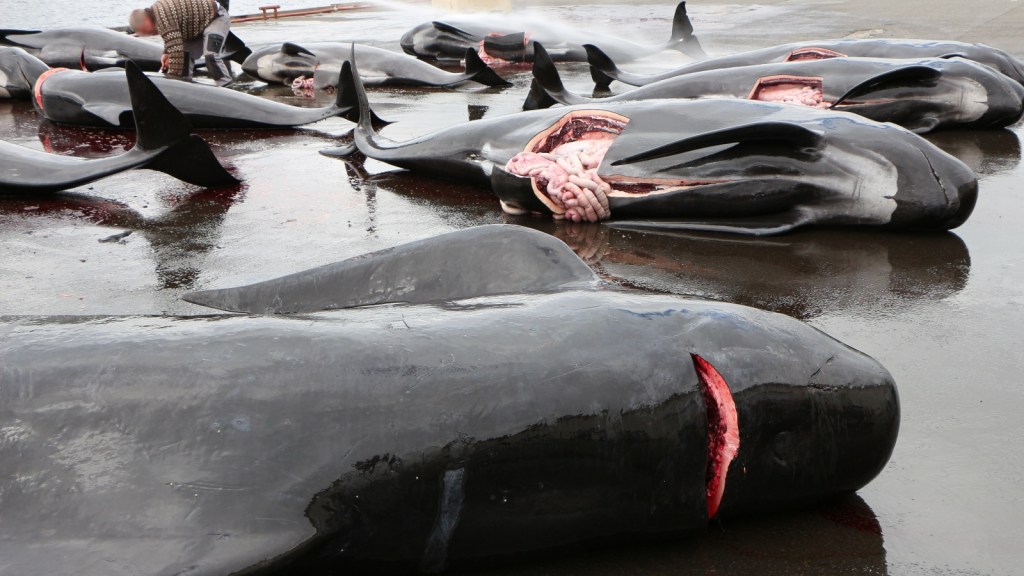
Whaling in the Faroe islands is almost always for food purposes. Sometimes the teeth are collected and made into small pendants but only for private use, Sanderson says.
But the practice is significant to the Faroese in other ways, too. “[Whaling] is still seen as an important part of being self-sufficient in food resources – maintaining the skill and knowledge needed to get food from the sea is an expertise that has been handed down over generations,” Sanderson explained. “It is a community-based activity that requires many people to work together quickly and efficiently when a school of whales is found and driven into a bay which is also very important for community cohesion.
“Not to mention the practical economic value of whale meat and blubber as free food for local households – food that does not have to be imported or transported over long distances, and which is not produced through industrial processes.”
Bjarki Dalsgar? is a 35-year-old Faroese who has participated in some hunts He told National Geographic in 2014: “I doubt you’ll experience the sense of community and teamwork anywhere else in the world. Everyone comes together to help provide for the community and for themselves.”
Whaling controversy
The Faroe Islands grind has come under fire over animal cruelty concerns. Sea Shepherd engages in direct action campaigns to defend wildlife and conserve and protect the world’s oceans from illegal exploitation and environmental destruction. It described the hunts as ‘horrific’ and ‘senseless’. The non-profit has been visiting the Faroe Islands since the 1980s to protest and try to block boats. But after multiple arrests and a ban prohibiting the marine life protection group from interfering, Sea Shepherd now shares graphic footage of the hunts online to raise awareness.
Various pieces of footage show whaling participants driving into the animals, inserting hooks into their blowholes, and slicing the spinal cords of every member of the pod, including calves and pregnant mothers. The blood turns the surrounding waters a deep red color. Graphic footage of the practice has recently been revealed in Netflix documentary Seaspiracy, which exposes the impact of the environmental and ethical impact of commercial fishing.
Most recently, Sea Shepherd has published footage of a hunt that took place on June 27, 2021, in Hvannasund, where 123 pilot whales lost their lives. You can view this in the player below.
Animal welfare
Many believe the hunts must stop altogether. One Faroese local, Rannvá Johansen, told ABC News that the grind is outdated. “When whalers locate the whale pods, they are driven ashore, [which can take] a very long time,” she said. “The whales then get stressed and the entire whale family can see each other being killed and hear screaming from their babies. They can only wait for themselves to feel the knife.”
Concerns about animal welfare led to an update of the law; now participants must have a licence to partake. The licence is attained by attending a two-hour class by a local veterinarian. This is where hunters learn to use the mønustingari, which paralyses the animals and cuts the blood supply to the brain.
“The whales get stressed and the entire whale family can see each other being killed and hear screaming from their babies. They can only wait for themselves to feel the knife.”
Rannvá Johansen, Faroese local
Multiple petitions have called for the Faroese government to outlaw the grind. A petition launched by Sea Shepherd in 2017 has garnered more than 250,000 signatures. Two other petitions circulating in July 2021 – one sponsored by the Rainforest Site and the other launched by Animals Australia – have already gathered more than 70,000 and 170,000 signatures respectively.
Other threats to pilot whales
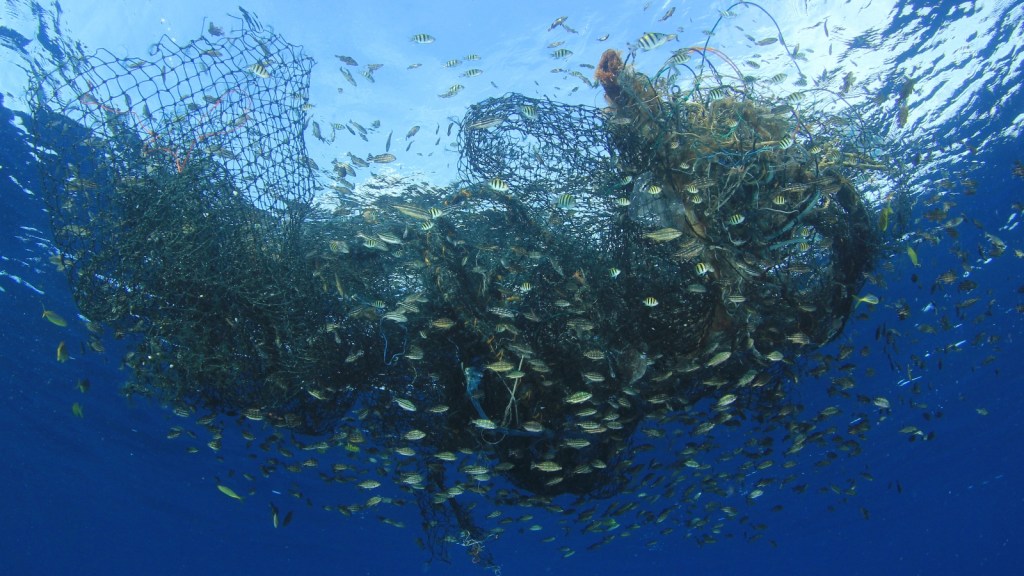
While pilot whales are not classified as endangered, most organizations agree that human activity is the primary threat to the species. Like countless marine animals, pilot whales are swept up as bycatch during commercial fishing expeditions and become entangled in discarded fishing gear. A 2020 WWF report found that between 500,000 and 1 million tons of fishing gear enter the ocean each year. And the number of species affected by this pollution has doubled since 1997. This can be either by entanglement or accidentally ingesting the plastic. Now, 66 percent of marine mammals are affected.
Commercial whaling is another point of concern, according to the International Whaling Commission. During the 20th century, an estimated 2.9 million whales were killed for commercial reasons, with multiple species affected. Blue whale populations have declined by up to 90 percent compared to pre-whaling estimates.
The future of whaling
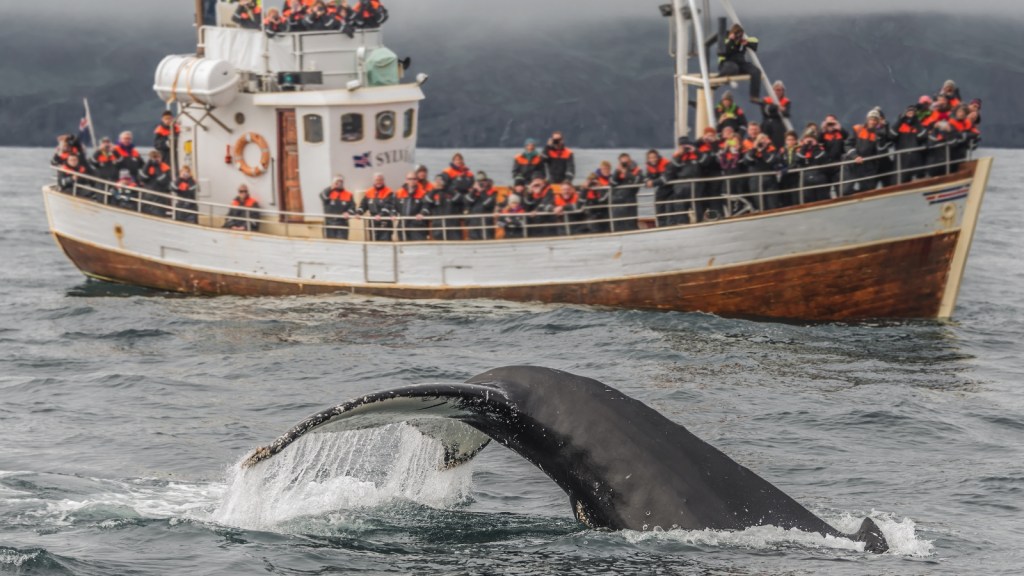
Whaling has ceased in many parts of the world. In 1982, the International Whaling Commission announced a whaling moratorium from the 1985/1986 season onwards. This is a temporary ban to the commercial hunting of all whale species. It remains in place, however, Iceland, Norway, and Japan still hunt whales each year. Iceland lodged a reservation and Norway registered an objection to the ban. Moreover, Japan withdrew from the International Whaling Commission altogether in 2019.
The Faroe Islands are exempt from the ban because the International Whaling Commission does not govern activities involving small cetaceans like pilot whales.
Public opinion
Much of the general public opposes whaling. A 2005 survey conducted in southwest Scotland found that 96.4 percent of participants were against the whaling that takes place in Japan and Norway. No participants said they strongly support whaling. The following year, the WWF conducted a poll in St Lucia, the Solomon Islands, Palau, the Marshall Islands, Tuvalu, Kiribati, Grenada, Antigua and Barbuda, Dominica, and St Kitts and Nevis. When asked whether participants believed their country should return to commercial whaling, most said no. Sixty-four percent of the Marshall Islands, as well as the Tuvalu participants, rejected it. And 76 percent and 72 percent of Palau and the Solomon Islands participants, respectively, did not believe whaling should take place.
Whale watching
When Iceland pledged to end its annual whale hunt last year, it began to promote whale watching as an alternative, according to Forbes. In 2018, 345,000 people engaged in whale watching in Iceland compared to 72,000 in 2003. Similarly, in Japan, the number of people whale watching grew from 103,000 to around 234,000 from 2008 to 2016.
Forbes commented: “While demand for whale meat is on the decline, interest in whale watching is on the rise. Turns out, watching whales could be more profitable than killing them.”
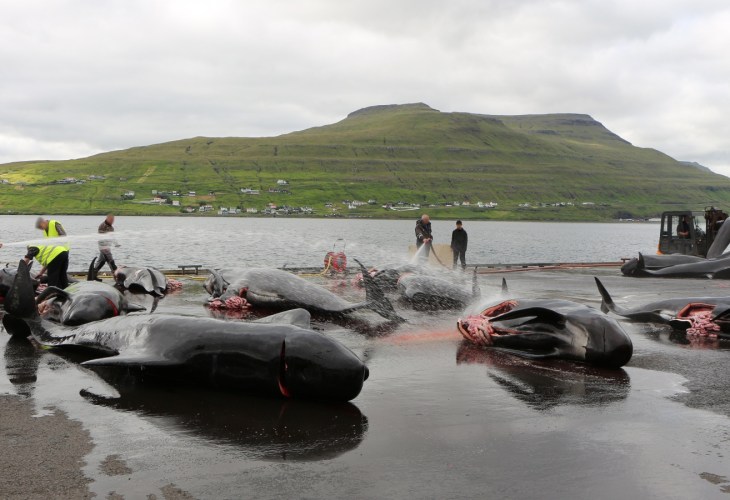

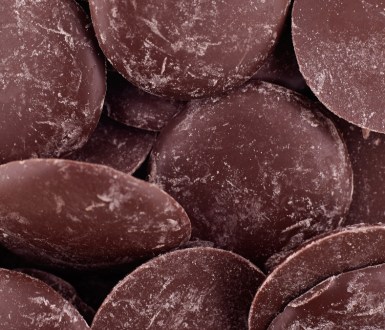
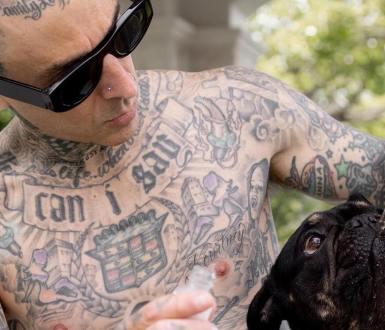
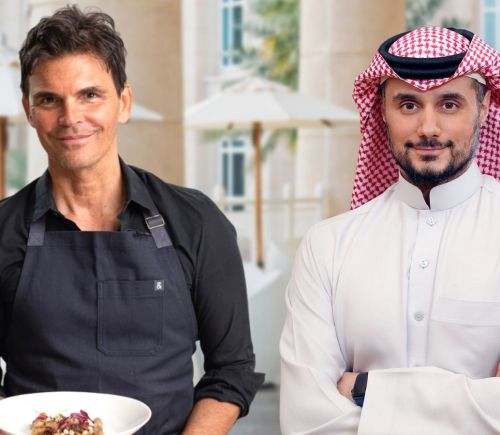

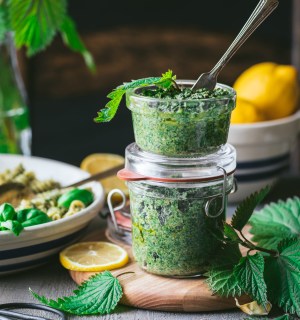
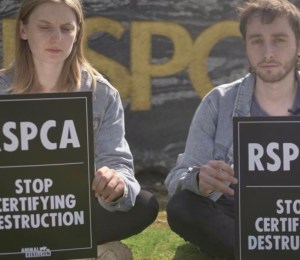
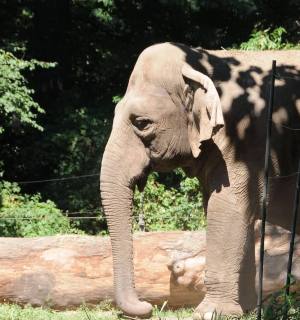
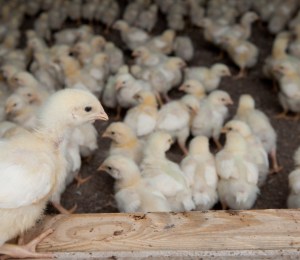

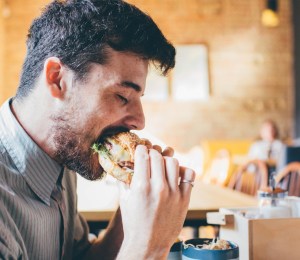


Leave a Comment
Plant Based News Comment Policy
In short:- If you act with maturity and consideration for other users, you should have no problems. Please read our Comment policy before commenting.
so selfish and shameful, so evil
A sustainable hunt that maybe we could learn from